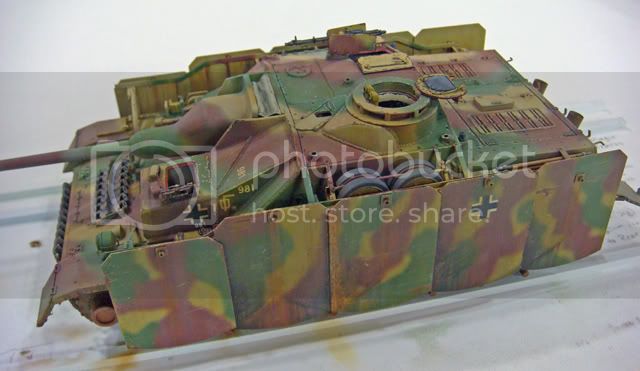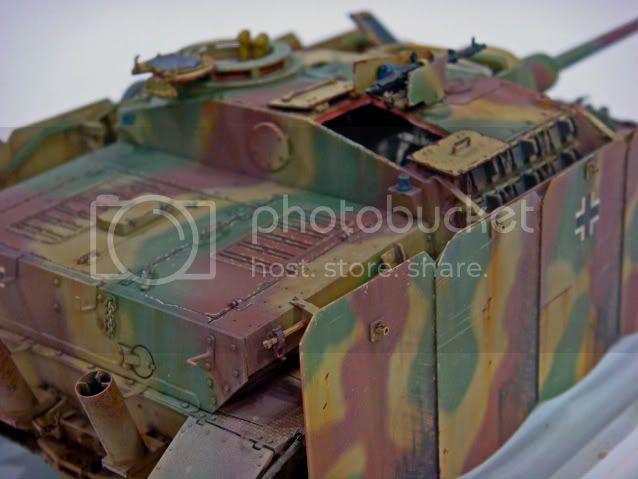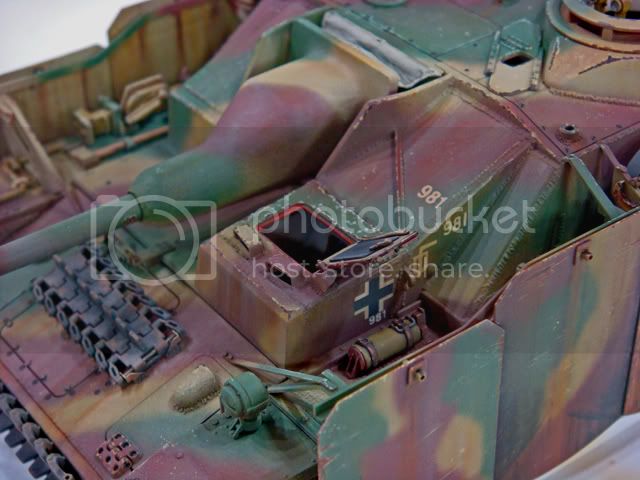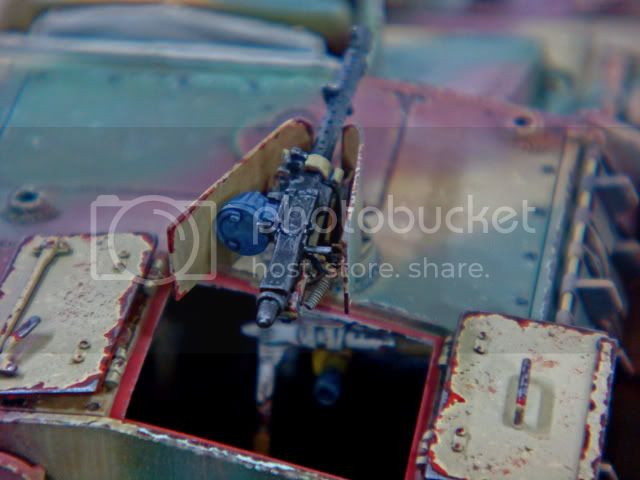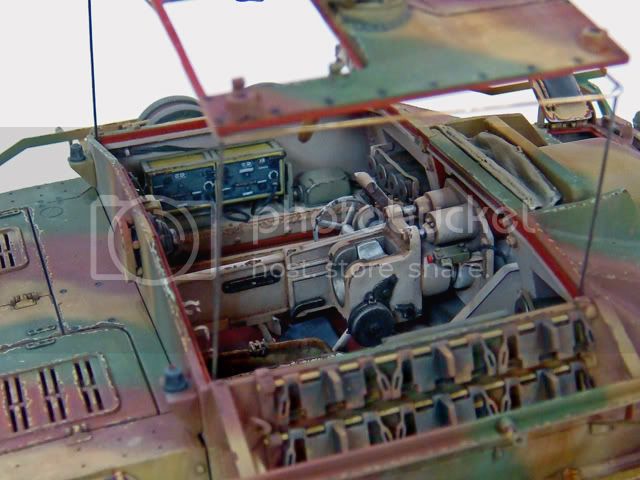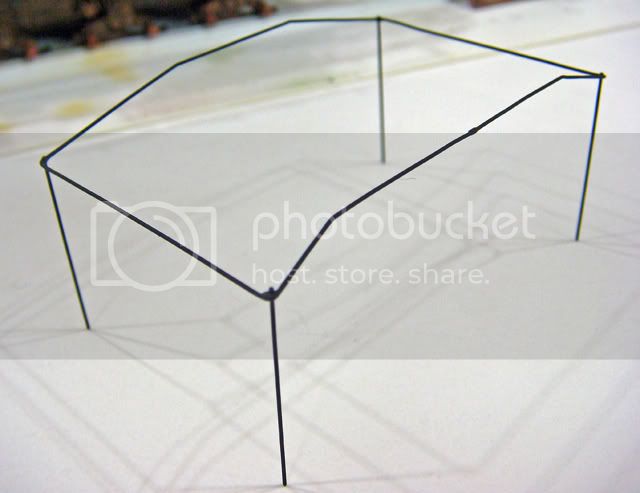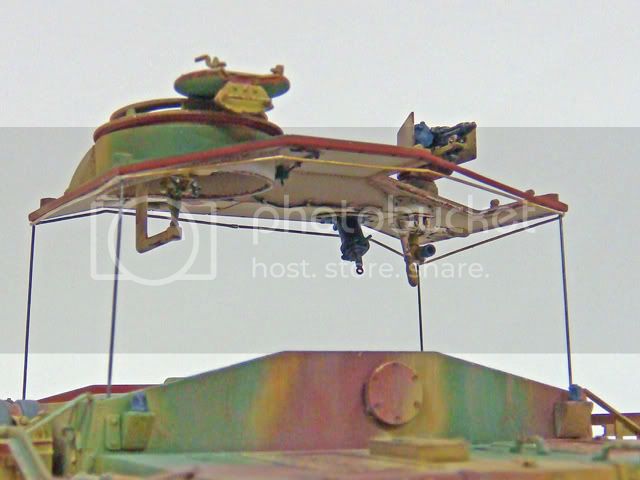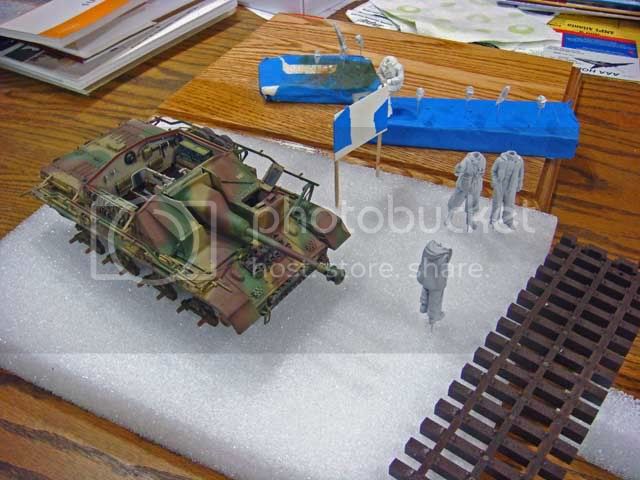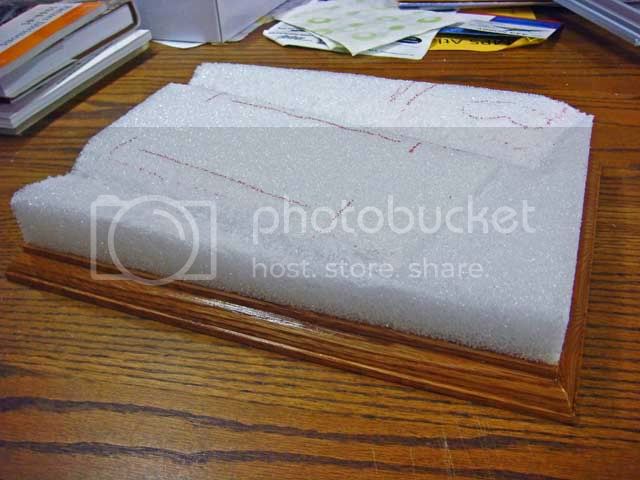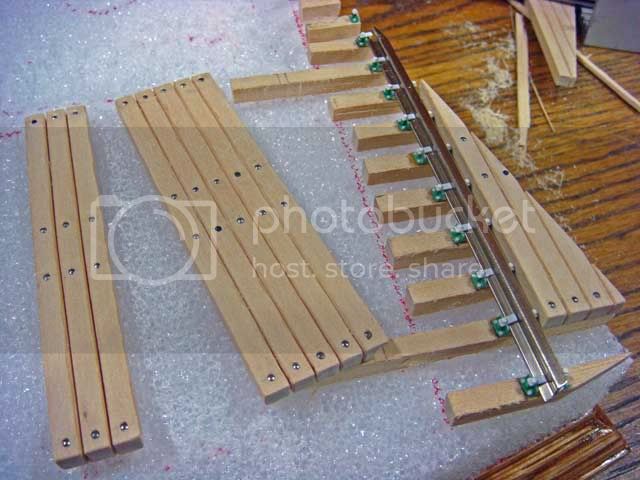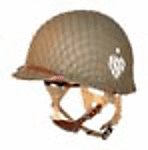@ Stanley: Thanks for the complements!
@ Dylan:
Quoted Text
Mike that really is a fantastic build. can you share your technique for paint chipping with us mere mortals?
Thanks, Dylan. No secrets for the chipping. I use techniques that have been pioneered and perfected by many others - really too many to give fair credit to. Those guys are the "gods of painting." My work is really derivative and not revolutionary. I'm a mere mortal too.
Having said that, I think the keys to doing this are:
1) The right paint thinned to the right consistency. I use Vallejo and Citadel acrylic paints. My experience is that both of these brands brush well. I mix colors and thin the paints with a combination of water and the Vallejo Acrylic Thinner. I can't give you precise thinning ratios but something about like whole milk works for me.
I use the Vallejo colors for most of the cammo colors and the Citadel colors for the metalic colors. There is a Citadel color called "Tin Bitz" that's a very nice rusty shade and their silvers ("Bolt Gun," "Chainmail," and "Mithrel" from dark to light) are very nice.
2) Good brushes. I use 10x0 sable liners. These are brushes with long bristles designed for water colors. The longer bristles hold paint well and maintain fine tips. Cleaning and maintaining your brushes is essential. If dried paint is allowed to build up where the bristles come out of the ferrule the brushes quickly become useless. I use Windsor&Newton brush cleaner - restorer and lots of TLC after each painting session.
When you find the paint won't flow easily, then take a few moments to clean your brush (just a quick swish in water with a dash of glass cleaner) will usually fix things. Paint needs clean bristles for capillary action to draw the paint into the bristle tips.
3) For chipping, I use a technique that could be thought of as the "bulls-eye" method. That is, I start with the outer edge color of the chips, then I add the inner colors leaving small thin lines of the outer colors. If you were to draw a diagram of this, it might look like a "bulls-eye" with the outer colors and inner colors laid on top of each other.
These outer chip edge colors should be (generally) lighter shades of the base paint colors that the chip is in. If you look closely, you'll see some chips have two or even three outer chip colors before the inner rust or bare metal colors. Think about the layers of color that must be worn through to get to the bare metal. Each color layer is an opportunity for an outer and subsequent inner chip colors.
If the metal is to be worn shiney, then there's probably a ring of rusty metal around the bare metal - more rings in the "bulls-eye" is you want. Not all chips need all of the potential colors, and to interject some "randomness" and create a candid appearance, it's probably best not to even try to do this on every chip.
I do some scratches and chips using just thin lines of paint (see some examples on the Schurtzen), but the "bulls-eye" technique will let you get those tiny, thin outer chip color lines without having to paint hair-fine lines for all your chips.
Some chips might be thought of as "scuffs" or "scrapes" and not really "chips." That is they represent places where something has "scuffed" down through the outer layers of dust and dirt to expose fresh colored paint. These scuffs can add a subtle interest to the finish without being excessive in chipping all the way down to base metal. I usually use a light shade of the base color for these "scuffs" and "scrapes."
For random small chips and scuffs, I also use the "sponge" technique. Usualy these are mostly done with lighter shades of the base colors to represent "scuffing" although sometimes I go all the way to bare metal.
Another key to effective chipping is to paint the chips in places that make sense. Think of places where you would walk and climb around the same vehicle and put chips in those spots. Also, think about where things in the environment would brush against the vehicle. Chipping shouldn't be applied evenly over the entire vehicle, but concentrated in places where the paint could be damaged. In fact. most of the vehicle probably shouldn't have any chipping or scuffing.
One advantage of using acrylic paints for the chips is that after they dry, you can go over them with artist oils for your rust staining and streaking. The oils and mineral spirits will not hurt the acrylic chips.
Finally, I usually spray a very transparent dust color glaze over the chips to blend them into the overall finish. (Here, a Tamiya Buff glaze made with 5 drops of paint, 15 drops of Tamiya Gloss Clear , 30 drops of Tamiya X-22A thinner and 40 drop of laquer thinner.)
You can see how this dust glaze adds to the realism by comparing the chips in the hatch interiors (where I haven't added the dust glaze yet) to the chips in other areas. Right now, the chips on the hatch inner surfaces are vary "garish" and "intense" in their appearance. This will be reduced with some oil pin washes and a dust glaze.
So, no secrets here, Dylan. Just paint, thinners, brushes and time.
HTH,
















